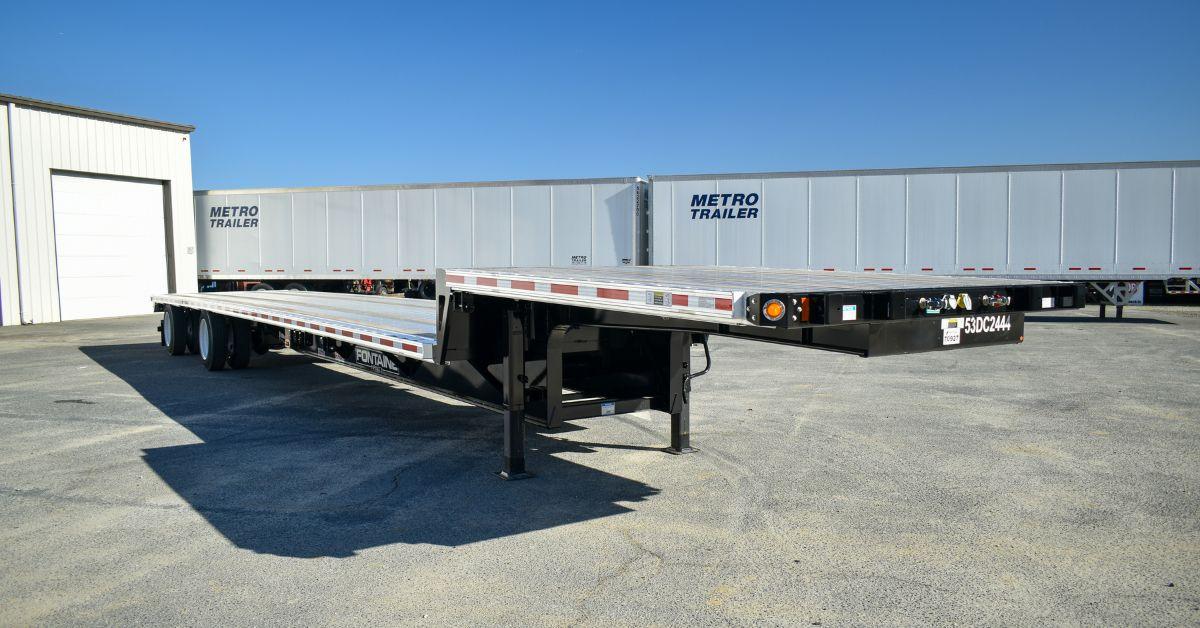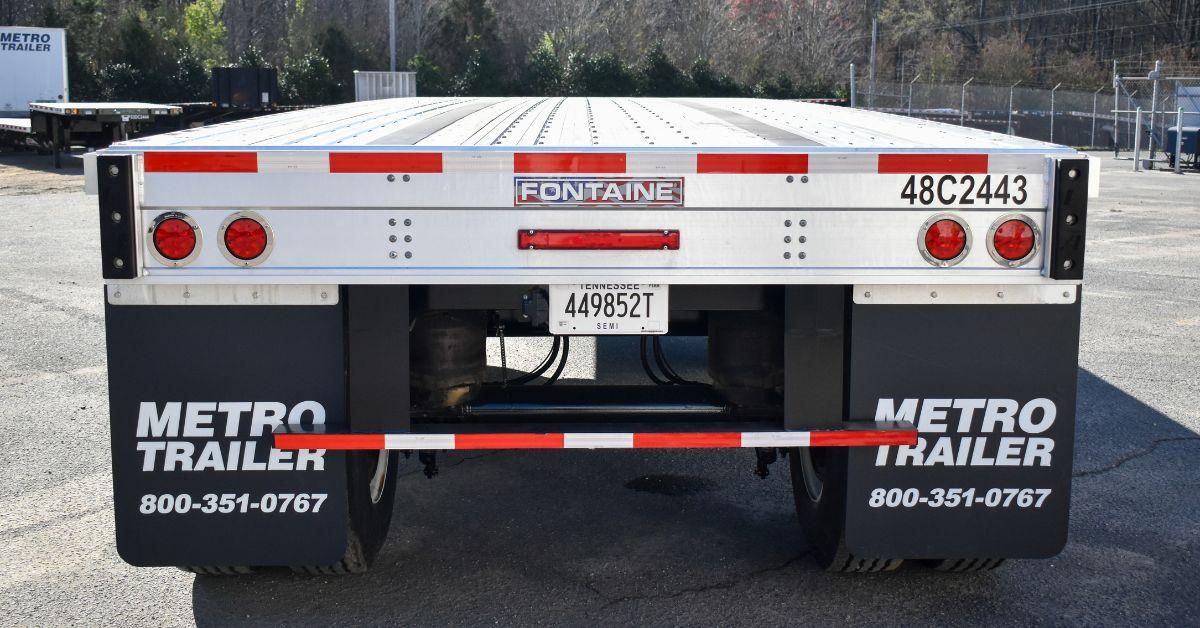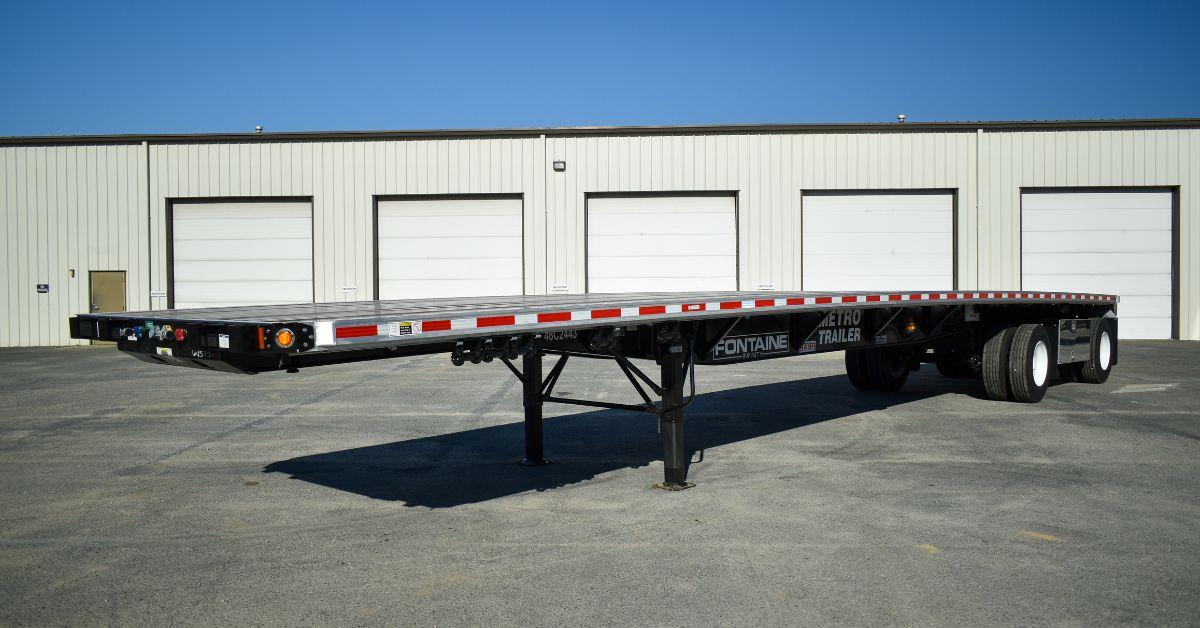
A Beginner’s Guide to Driving a Flatbed Trailer Proficiently
Learning how to drive a flatbed traileris a skill that can transform the way you approach hauling oversized or heavy loads. It’s not just about getting from point A to point B; it’s about handling the road with confidence, keeping your cargo secure, and making safety a top priority.
Flatbed trailers offer unique challenges compared to driving a regular vehicle or even other types of trailers. Understanding the equipment, mastering the basic driving techniques, and preparing for unexpected situations are all part of developing proficiency. By starting with the fundamentals and focusing on step-by-step improvement, you’ll gain a sense of control that makes every trip smoother and safer.
This beginner’s guide to driving a flatbed trailer proficiently is designed to help you get comfortable behind the wheel and tackle the learning curve one step at a time. Whether you’re hauling a light load or gearing up for a heavy haul, these tips will set you up for success.
Understand Your Equipment
Flatbed trailers come in a variety of types. Standard flatbed trailers are the most common and offer a wide, open platform ideal for hauling large, heavy, or oddly shaped items. Step-deck trailers, also known as drop-decks, are designed to carry taller loads by providing a lower deck height. Extendable flatbeds can expand their length to accommodate longer cargo like steel beams or pipes.
Measurements such as width, length, and load capacity should align with your hauling needs. Tie-down points, which include hooks, loops, or rails, are integral for securing cargo properly.
Inspect Your Equipment
Begin by checking the tires. Look for correct air pressure, adequate tread, and any signs of wear. Damaged or underinflated tires can compromise the safety of your haul. Don’t forget the brake system. Inspect brake lines for leaks and verify that brake lights, turn signals, and reflectors are functioning correctly.
Securing mechanisms like chains and straps need careful examination, as these tools keep your cargo locked in place during transit. Replace any that appear frayed or damaged. Routine maintenance of both the truck and trailer adds an extra layer of security, reducing the likelihood of breakdowns mid-trip.

Master the Basics of Driving With a Flatbed Trailer
Getting everything lined up starts with properly distributing weight on your flatbed trailer rental. Place heavier items in the center and lighter ones toward the edges to keep your load balanced. Uneven weight distribution can affect handling and make the vehicle unstable on turns or rough roads.
After loading, double-check all cargo tie-downs. Straps should be tightly secured, and chains or locks should not have any slack that allows movement during transit.
Handling and Maneuvering
Driving with a flatbed trailer requires a different level of awareness compared to ordinary vehicles. Spend time adjusting to the extended size and weight. When turning, remember to take wide angles, allowing enough space to clear corners and avoid hitting curbs.
Lane changes require patience and practice, as extra length means larger blind spots. Additionally, reversing can feel awkward at first. Start with open spaces where you can safely practice without pressure. Over time, turning, lane management, and reversing will become second nature.
Different Weather and Road Conditions
Weather can flip the script on a trip and alter how your rig handles. For rain-covered or snowy roads, adjust speeds to match traction and avoid sudden braking, which may lead to skidding.
Wind can push against your trailer, so holding the wheel steady becomes key in maintaining control. Rural or mountainous roads often bring their own challenges, like sudden curves or steep inclines, requiring a focus on controlled deceleration.
Proper Use of Mirrors and Blind Spot Awareness
Flatbed trailers increase the number of blind spots. Adjust your mirrors for a clear, comprehensive view of the trailer and lanes beside you. Vehicles can “disappear” in these blind spots, so use extra caution during lane changes. Before making a turn or merge, check behind and to both sides to stay aware of everything around you.
Prioritize Safety Practices
Regulations for Flatbed Drivers
Compliance with federal and state laws simplifies flatbed trailer driving. Restrictions on weight limits or legal requirements on securing loads vary by location and can lead to fines if overlooked. Commercial drivers often require specific endorsements on their licenses, so completing the necessary steps early can save headaches later.
Risk Management and Emergency Protocols
Unexpected situations, such as brake failures or blown tires, test your immediate decision-making skills. Bring emergency items like flares or reflective triangles to alert other drivers in case of breakdowns. Practice pulling over safely so you can handle emergencies calmly and effectively.
Protection for Yourself and Other Road Users
Driving a flatbed trailer imparts added responsibility for everyone on the road. Maintain larger following distances to allow room for braking without risk. Always scan your surroundings for both smaller vehicles and pedestrians. Pulling over for frequent, short breaks can help prevent road fatigue on longer trips.
Practice and Build Confidence
Build your confidence by starting light! Without cargo, you can focus solely on getting a feel for driving and maneuvering. Practice in controlled environments, such as large parking lots, to get used to reversing, turning, and parking.
After mastering empty trailer handling, progress to light loads. Lighter cargos introduce you to weight distribution without overstressing your driving skills. Gradually work toward heavier loads, keeping balance and tie-down security top of mind.

Optimize Efficiency and Performance
Route Planning
Look for roads that accommodate the dimensions and weight of your trailer while avoiding height restrictions. Apps designed for commercial vehicles can make this process quicker.
Fuel Efficiency
Reducing fuel consumption starts with smooth, steady driving. Avoid abrupt acceleration or aggressive braking, as both waste energy. Maintaining steady speeds on highways and avoiding prolonged idling also improve mileage when towing heavy loads.
Technological Advantages
Modern tools simplify maintenance and improve efficiency. GPS systems designed for truck drivers warn about weight restrictions and low-clearance bridges. Apps for maintenance tracking help streamline schedules, keeping your vehicle road ready.
Wrapping Up
Driving a flatbed trailer properly opens up a world of possibilities not just for hauling, but for challenging yourself and honing important new skills. The more time you spend behind the wheel, the more you’ll begin to notice your efforts paying off. Turns will start to feel smoother, cargo will remain secure under your watch, and you’ll develop a heightened awareness of the road and your surroundings.
Now is the time to take that next step. Hit the road with confidence, grow from your experiences, and enjoy the freedom and responsibility that come with driving a flatbed trailer. The road is waiting, and so is your potential!